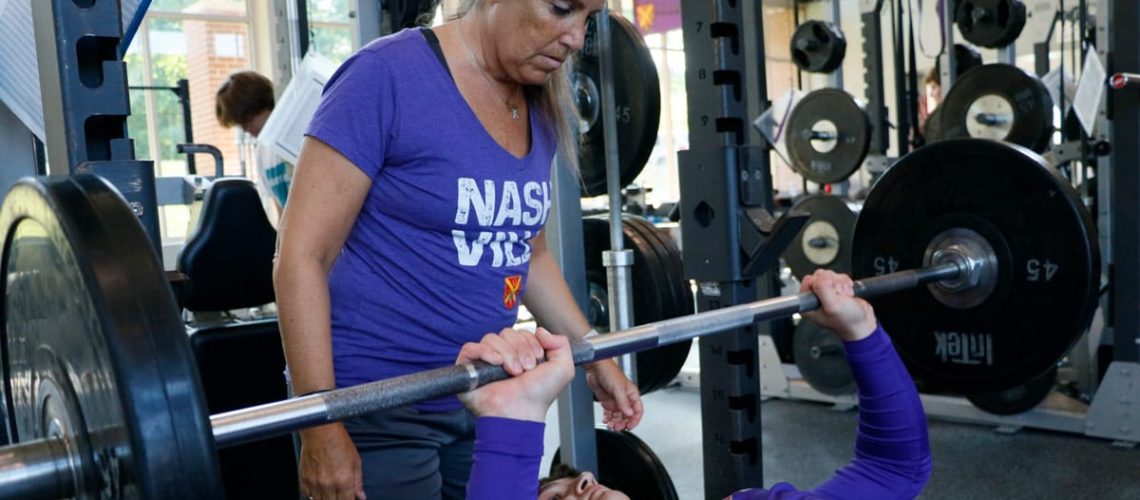I would like to start out by saying I am not a registered dietitian, and in Tennessee, there are legal boundaries regarding the creation of menus. To be honest, with the level of food sensitivities and allergies, the responsibility is not a chance I would ever take.
However, after 27 years in the field and having taken nutrition classes for both a degree and certification, I have developed a way to help educate student-athletes.
Most athletes do not have a clue how many calories they burn. Kids will say, “Coach, I eat so much!” So, we do a five-day food journal. They can either use a fitness app or use a worksheet we have designed. At the bottom, they total their calories. Without this practice, most of our athletes
won’t learn their daily caloric intake. And to build athleticism, increase performance, and in general, be healthy, they need to know this stat.
While they fill out their journal, I fill out what I call a “Caloric Intake Sheet” (I designed it years ago, and it’s been very educational.) It’s an excel sheet with formulas, and it’s specific to each athlete based on Height/Weight/Age. It shows their Resting Metabolic Rate (RMR), their daily caloric burn (based on everyday tasks), and then a “constant” workout burn.
I used 350 calories based on an intensive 60-min. workout. The calories burned during a workout and practice may be more than double this amount, but at the very least, it’s a good base to start. If an athlete needs to gain weight, I add 500 calories to the total.
Then at the top, we multiply the calories based on the RDA of Carbohydrates, Fats, and Proteins.
The next step is to convert the calories into grams. And then break that down into 4-6 meals, explaining they can mix and match the grams.
I also worked with a dietitian to put a booklet together to explain what carbs, fats, and proteins are, plus examples of each. The booklet also contains pre-workout ideas, recovery ideas, and snacks (See sample below).
We dedicate part of a training session to talking about the athletes’ journals. They are normally shocked about two things:
• How little they truly ate
• How many calories they need to consume
I explain that it’s not about the calories but the macro-nutrients. We ask them to bring all this information home to their families, and two weeks later, we repeat the process and ask them to explain the small changes they made and if they’ve noticed changes.
Being very sensitive to disordered eating issues, let me reiterate that the only time we focus on calories is the initial assessment to show them how many calories their body burns. From then on, it’s strictly macronutrients.
If someone comes up and privately says they don’t feel comfortable discussing their diet or they have a disordered eating issue, they are not required to participate. However, this can be a great way to open a conversation to provide the athlete with help. It would also be beneficial if you could implement this nutrition program by partnering with a nutritionist near you.
Kyle Feldman, MA, CSCS, USAW L1 CPR, is Head Strength and Conditioning Coach at Father Ryan High School in Nashville and is the Tennessee State Director of the NHSSCA. She can be reached at feldmank@fatherryan.org.
Caloric Sheet Sample




